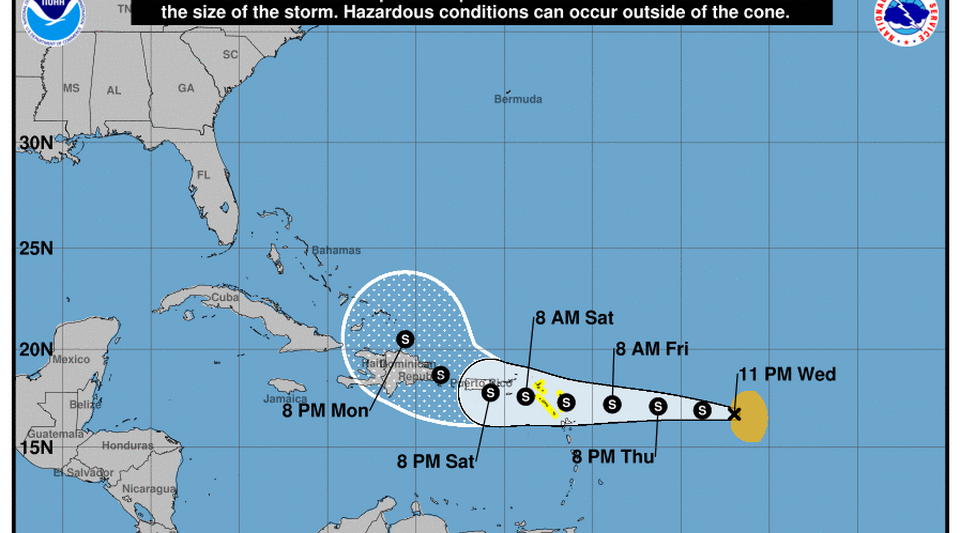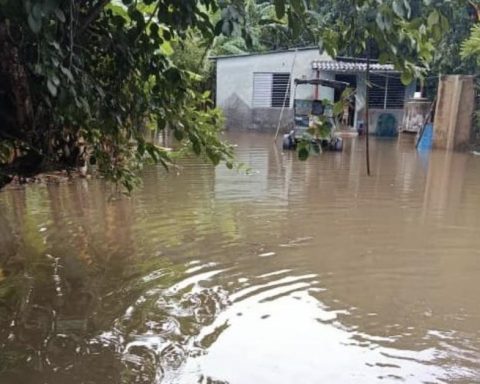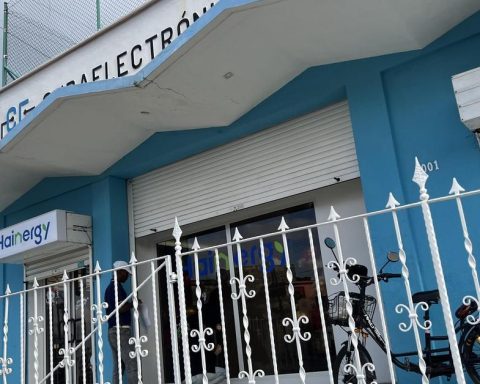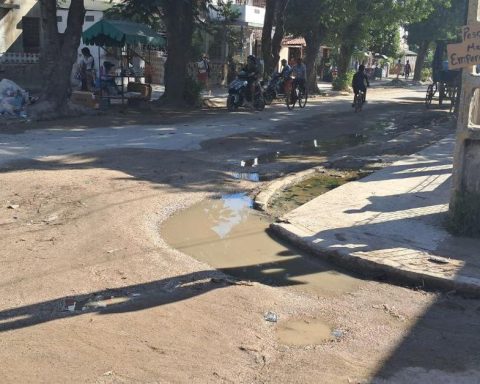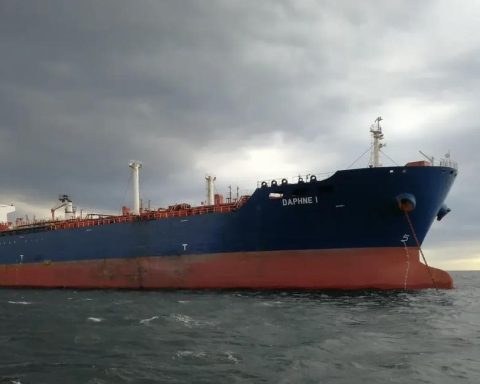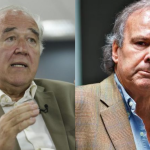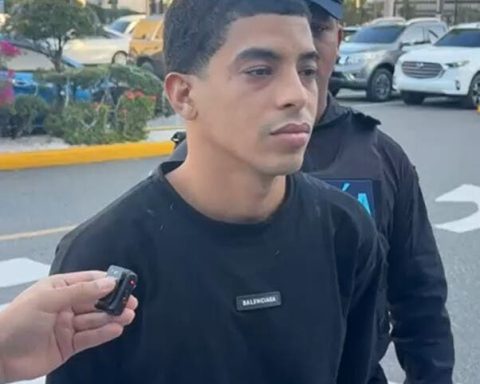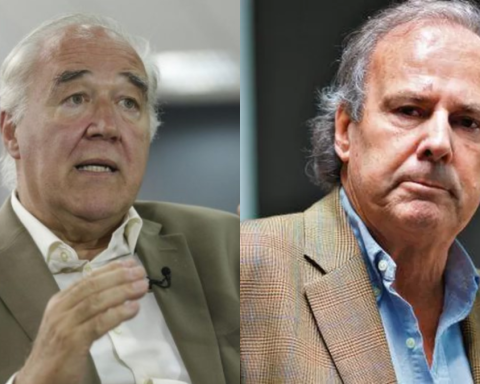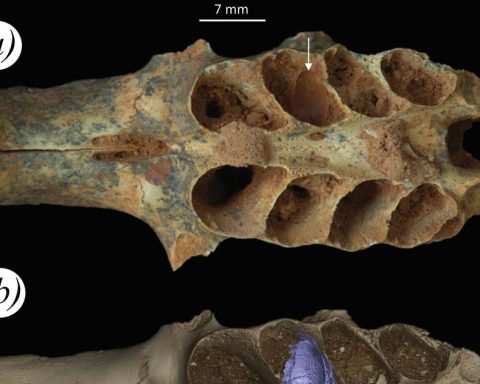(EFE).- The Cuban Institute of Meteorology (Insmet) reported this Wednesday that it is closely monitoring the evolution and future trajectory of the seventh tropical depression of the season, which is approaching the Lesser Antilles.
This tropical depression, named Fionahas maximum sustained winds of 55 kilometers per hour, with higher gusts.
The report states that at 6:00 p.m. local time, the center of this system is located at 16.8 degrees North latitude and 50.7 degrees West longitude, and is moving west at a speed of 20 kilometers per hour.
“In the next 12 to 24 hours, the tropical depression will continue with a similar course and travel speed, gradually gaining a little more organization and intensity, and may become a tropical storm before affecting the islands of the northern group of the Lesser Antilles Arc. “Insmet added.
“In the next 12 to 24 hours, the tropical depression will continue with a similar course and travel speed, gradually gaining a little more organization and intensity, and may become a tropical storm”
The current cyclone season in the Atlantic (from June 1 to November 30) has been described as “very active” with a forecast of up to 17 cyclones, nine of them with the possibility of reaching the category of hurricane.
The Insmet has predicted that with an 85% probability, one of those hurricanes could affect Cuba.
At the beginning of last June, a strong rainy season associated with Cyclone Alex hit the central and western regions of Cuba, with an official balance of four deaths, power cuts, damage to 750 homes (21 total landslides) – mainly from Havana- and in 3,200 hectares of cultivation.
The 2021 cyclone season ended with 21 named storms, of which 7 became hurricanes, and two of them impacted Cuba: Elsa and Ida.
The last time a large hurricane affected Cuba was in 2017, when Irma crossed the north coast of the island from east to west, leaving 10 dead and material losses valued at 13,185 million dollars.
________________________
Collaborate with our work:
The team of 14ymedio is committed to doing serious journalism that reflects the reality of deep Cuba. Thank you for joining us on this long road. We invite you to continue supporting us, but this time becoming a member of our journal. Together we can continue transforming journalism in Cuba.
